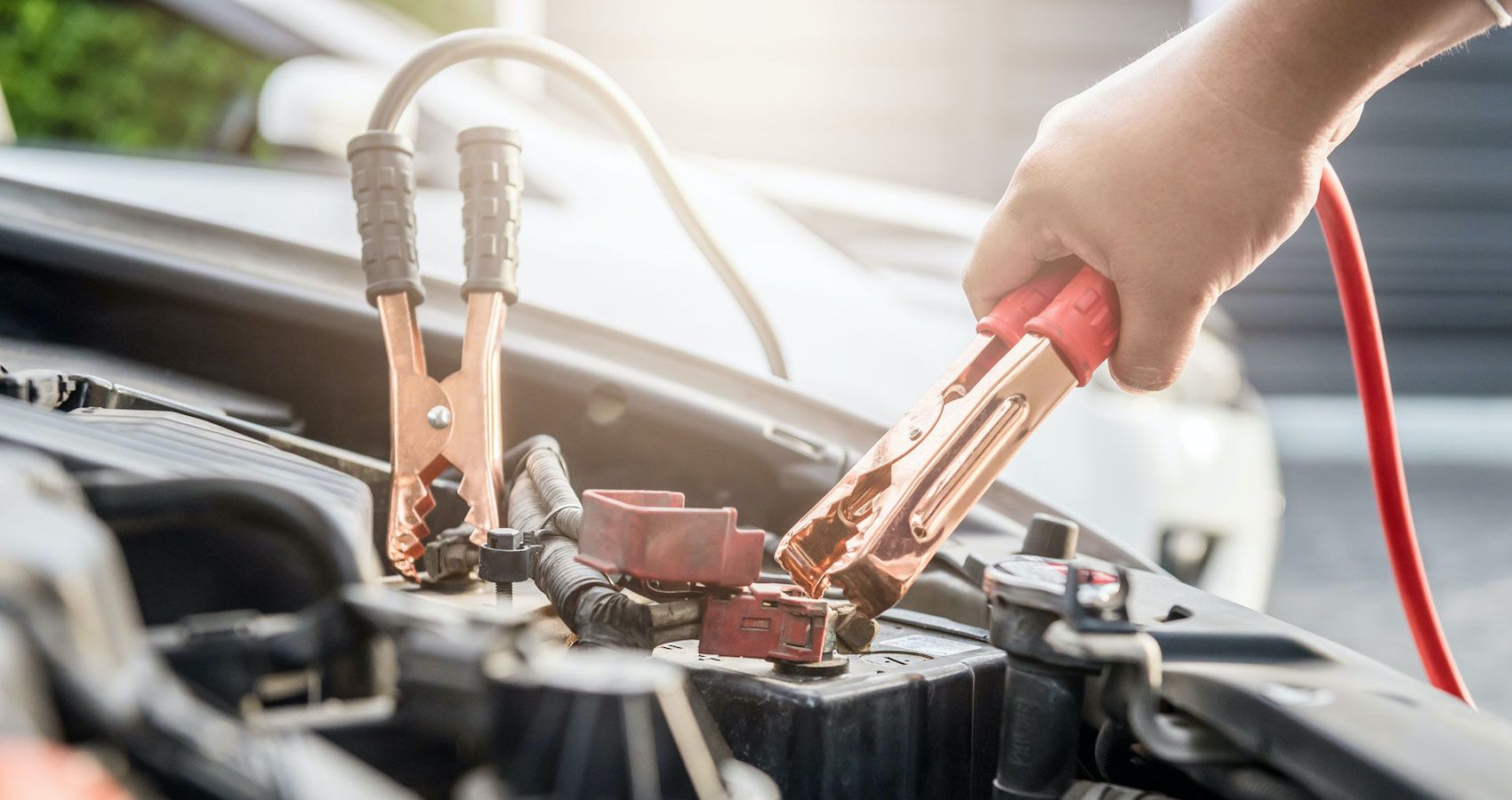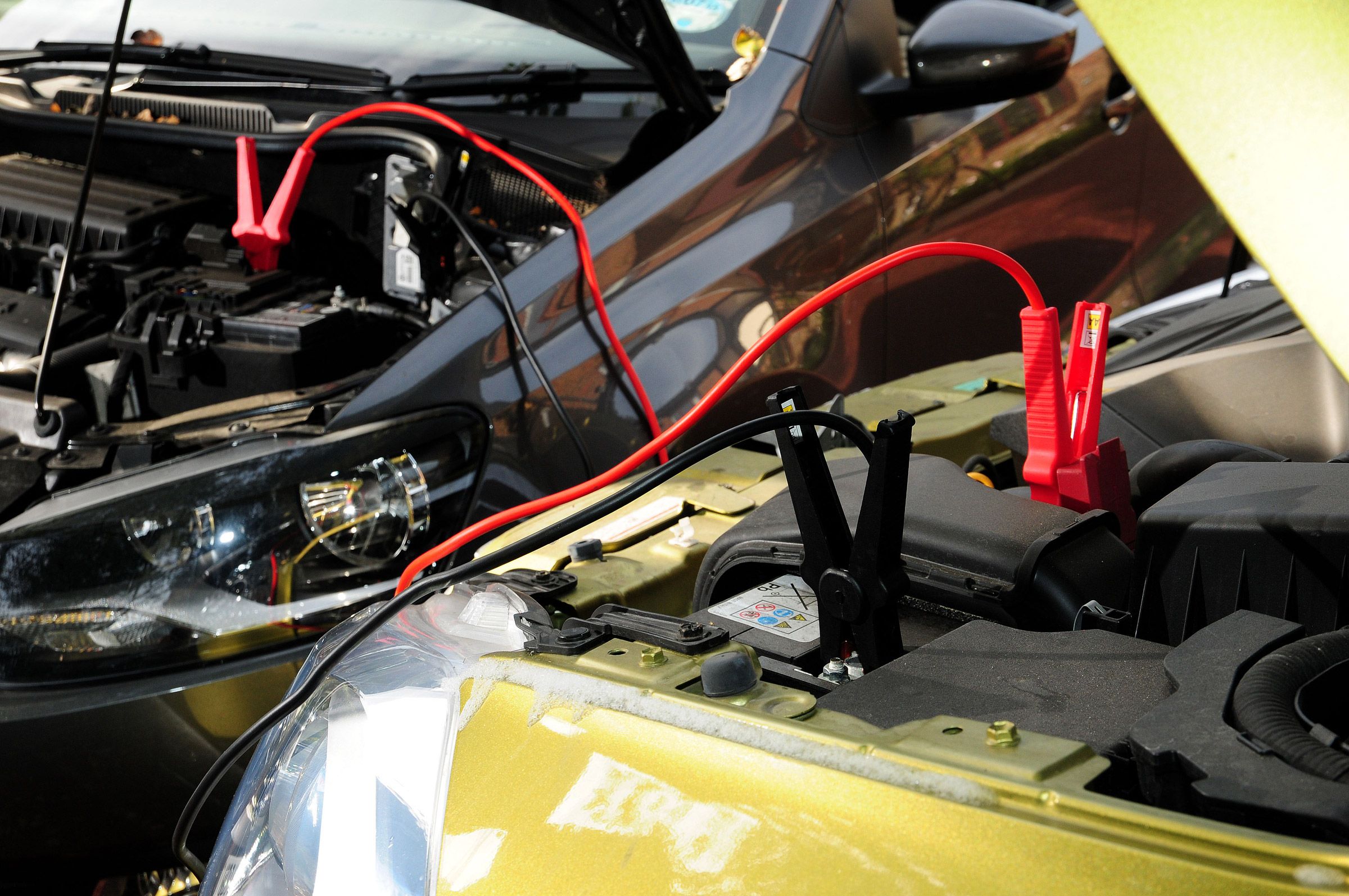If you’ve done your fair share of driving, you’ve probably had the battery of your car die on you at least once, and if it hasn’t, chances are it will happen to you in the future. This can be quite the headache - especially if it results in you and your precious car being stranded on the side of the road until someone generous enough to help you shows up.
Precocious drivers tend to use trickle chargers to make sure their car batteries are completely charged up at all times, while others service their vehicles regularly which also includes battery maintenance, but let's face it, most of us just drive our cars without even thinking about their battery health - until someday they just die on us.
There are two basic ways to revive your car’s battery if it fails you on the road: the first and most convenient involves using a jump starter, and the second method requires jump-starting your dead car by connecting it to another car with a good battery via jumper cables. With that in mind, let’s go over how to correctly and safely jump start a car.
According to Firestone Auto, it's best to leave even jump-starting your car to the experts. There are several things that can go wrong such as the following:
1. Connecting a black cable to a dead battery's negative terminal, which can cause an explosion.
2. Failure to follow instructions in the owner's manual specific to a particular vehicle.
In summary, we recommend letting an auto expert handle jump-starting your car.
How To Jump Start Your Car Using A Jump Starter
A jump starter is by far the quickest and most effective way to start your car on a dead battery. As its name suggests, a jump starter is literally a portable kit with a battery and jumper cables that can easily be connected to a vehicle’s flat battery in order to instantly give it enough power to start.
First, you need to make sure that your jump starter is fully charged before you can use it for its intended purpose. If it is, you can go ahead and connect the jump starter’s positive cable (which usually has a bright red or orange clamp) to the positive terminal of your car’s dead battery. Next, connect the negative cable (which usually has a black clamp) to the negative cable of the battery. After making sure everything is fully secure, all you have to do is turn on the jump starter and let it do its magic; your car might make a few sounds to let you know it's receiving power, and then you can go right ahead and turn it on. Once the engine is running, all you have to do is turn off the jump starter and disconnect it.
We suggest always carrying around a jump starter in your vehicle; you can get one for around 100 bucks, and its small size means it won’t take up any noticeable space. Another plus is the fact that, unlike the second method we’ll discuss, jump starters instantly provide enough power to start your vehicle, and some even show the power reading on your car’s alternator, so you’ll be able to notice if it's faulty or not.
How To Jump Start Your Car With Another Car
If you don’t have a jump starter on you, there’s only one other option to power your car without having to call an expert, and you’re going to need someone to help you. We’re talking about jump-starting your car by connecting its dead battery to the good battery of another car.
Whether it’s a friend or a complete stranger that comes to help you, their car is going to have a healthy battery, and one of you will have to provide a set of jumper cables for this to work. If all this is in check, put your cars as close together as possible with the hoods unlatched, and turn them off completely. Once this is done, you can start connecting the jumper cables from battery to battery.
First, connect one end of the positive cable (red or orange) to the positive terminal of the dead battery, then connect the other end of the same cable to the positive terminal of the good vehicle’s battery. Afterward, grab the negative cable (black) and connect one end to the negative terminal of the good battery, then, connect the other end of the black cable to a ground point on the dead car. A ground point is any bare metal point of the car that can conduct an electric current without interruption; if you can’t find a ground point to safely latch the negative cable to, then simply connect the remaining end of the negative cable to the negative terminal of the dead battery.
After making sure that all four clamps are securely connected, you can go ahead and start the car with the good battery. You’ll have to wait about 15 minutes for the working car’s alternator to charge up the flat battery with enough power to start it, and then you can try turning on the dead car. If everything was done correctly, it should start without any further issues; if not, there might be another issue you’re unaware of, and we recommend calling an expert in that case.


.jpg)
